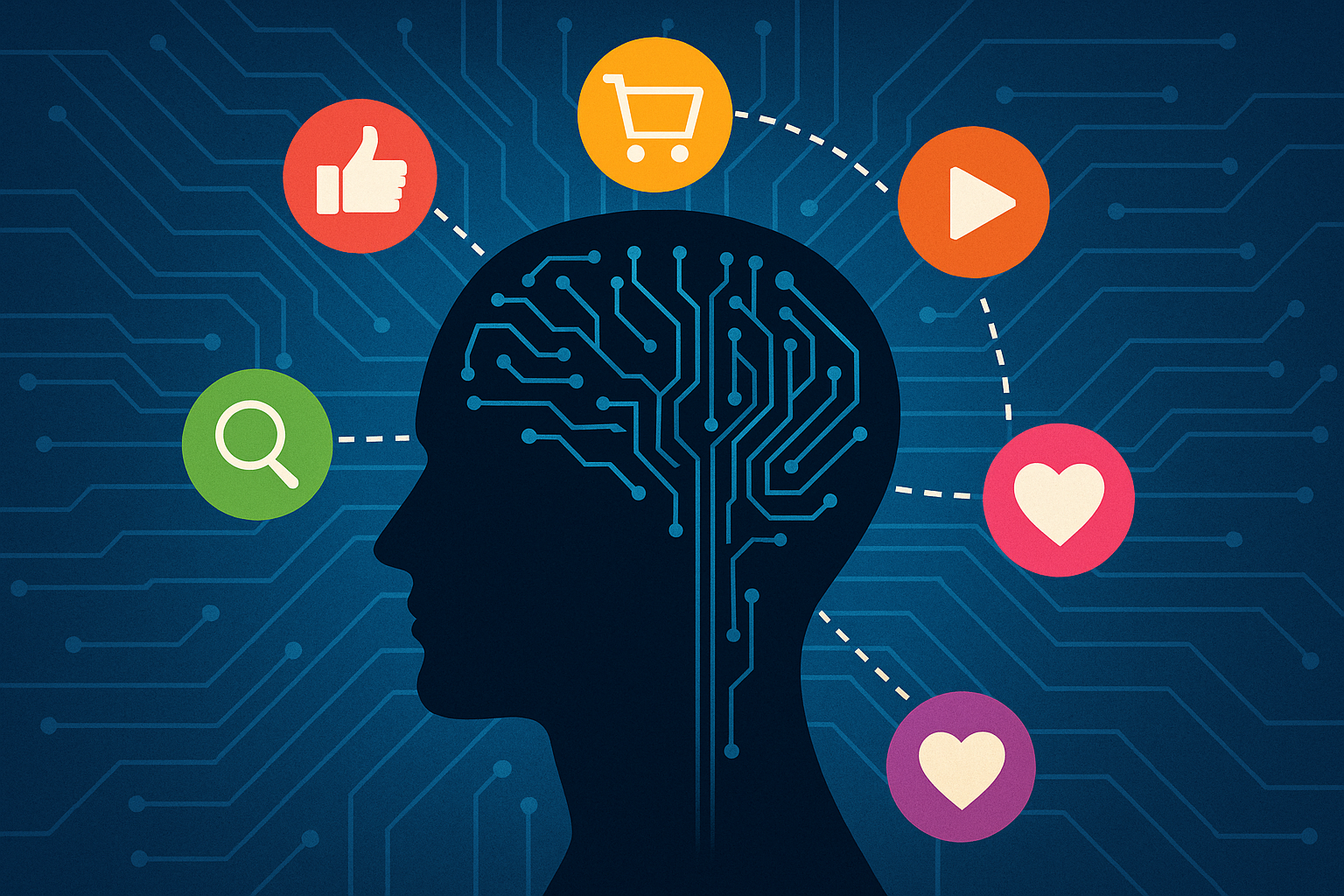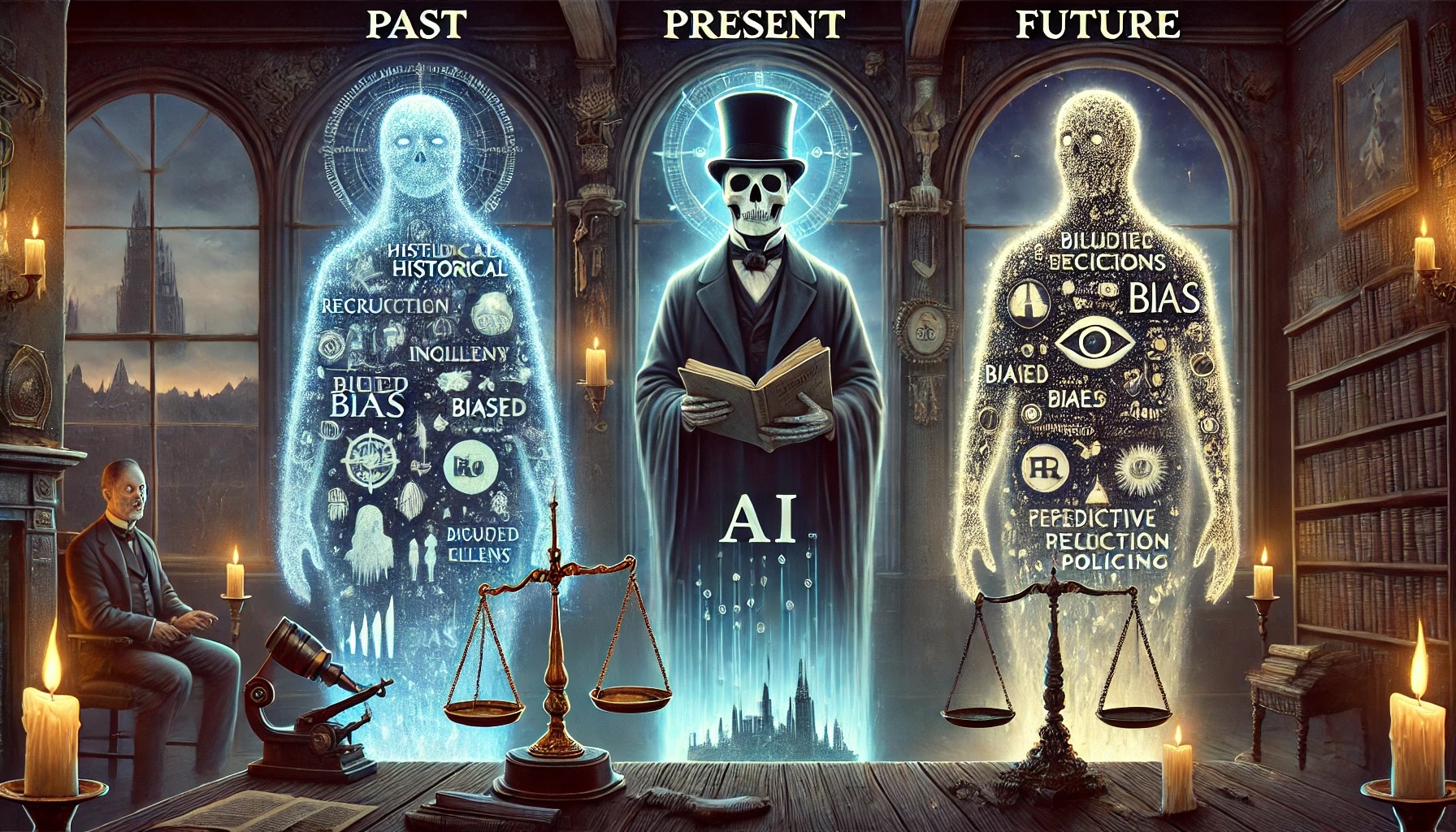Power dynamics are rarely directly addressed in the workplace. There’s a tendency to not talk about power in the workplace, but we all know it’s there. Some of the key learnings of the first few months in a role or position in an organization are to understand the power structure–both the official one found in an org chart and the informal power structure, the way the office or organization really gets stuff done. There is usually a delta or a gap between stated hierarchical structure and the actual processes. The smaller the delta, the greater the organizational health. Conversely, the larger the delta, the more likely the organization is characterized by dysfunction, and possibly levels of toxicity. Across the organization, ask yourself:
- Who has a voice and who doesn’t?
- Who speaks at meetings?
- Who calls meetings? Sets the agenda?
- Who has performative power and who has actual power?
- What do people do with the power they have?

Power Image. Third cornerstone of belonging
It is impossible to look at power in the workplace without also looking at identity– this is why identity is the first Cornerstone of Belonging. We are all a multitude of identities across race, class, gender, ability, sexual orientation, age, religion and every other category we bring to the workplace (see Dimensions of Diversity). How power manifests within a workplace is shaped by our identities and the structural forces that hold these power dynamics in place.

Those in a dominant group for any identity may not be aware of a power dynamic even existing, while those holding other identities might be acutely aware of all the subtleties of power within an organization. One of the ways inequitable power persists is because of its invisibility to those who have it.
As you read this, consider the multiple roles you must play to get work done. Within each role, even within different contexts, you bring the same “you” but take on a different identity depending on the situation. Some circumstances require you to become a leader. Some require you to be a part of a team. These are the multiple identities of you and those who work with you. A universal by-product of this work is a power dynamic. If you are unable to identify how power is working in a particular aspect of your organization, try to look at the same situation with a different lens and consider what might be occurring for those with different identities.
Understanding Informal Power
 Power isn’t only located in the organizational chart –it’s everywhere within the organization and understanding informal power is crucial to success. Think of the education system and school settings.. In most, power is distributed and contextual. Teachers and students have power dynamics within the classroom. Teachers interact with their department heads, the principal, administration and family members. These are more obvious but what about custodians and school administrative assistants? These roles within the institution hold a tremendous amount of informal power that is crucial to the daily life of a teacher although this is not reflected on any org chart or payscale. These are people who know where everything is located, who to contact and how to get things done (plus they literally hold the keys to the school). A strong working relationship with the school administrative assistants and custodians makes life infinitely easier.
Power isn’t only located in the organizational chart –it’s everywhere within the organization and understanding informal power is crucial to success. Think of the education system and school settings.. In most, power is distributed and contextual. Teachers and students have power dynamics within the classroom. Teachers interact with their department heads, the principal, administration and family members. These are more obvious but what about custodians and school administrative assistants? These roles within the institution hold a tremendous amount of informal power that is crucial to the daily life of a teacher although this is not reflected on any org chart or payscale. These are people who know where everything is located, who to contact and how to get things done (plus they literally hold the keys to the school). A strong working relationship with the school administrative assistants and custodians makes life infinitely easier.
Sometimes people who have been there the longest have more power by default, either because of tenure or promotion or because of their knowledge of “the way things are done”. This tendency discounts the knowledge and experience of people coming from other environments and feeds into a Egocentric Bias that discourages innovation, creativity and smooth functioning. This is not to deny the experience of those with longevity, it is more to include others’ experiences as well.
We all know the experience of violating the informal power structure and what happens when we have crossed a line that we didn’t know was there. Maybe we jumped the chain of command during a casual conversation or we believed a decision was within our job function when it was not. For these reasons, for this Cornerstone of Belonging to operate well, there needs to be organizational transparency and clarity on organizational power dynamics. Power exists in every place where a decision is made, from purchasing decisions, hiring, promotion, distribution of projects, or client services. Demystifying “who has the keys” is critical to establishing this aspect of belonging.
Who You Know Vs What You Do

Power most directly impacts employees in how awards, promotions and other opportunities for development are applied across the organization. Do you need to be in the right place at the right time or know the right people? Are opportunities widely publicized with the ability to find out more or ask questions? The stereotype of power gone wrong is the Mad Men era of deals made over golf games and country club martinis. Although we would like to believe that those days are gone, other limiting structures have replaced them. If you work in a hybrid company, are opportunities the same for remote and in-person employees? Are opportunities subtly or overtly preferenced to particular people or groups of people? Are opportunities more prevalent for those who are “seen” more often, whether that’s through zoom, a shared coffee or email? Finally, what structures are in place to disrupt Proximity Bias and ensure that everyone knows about opportunities within the workplace?
Inclusive Leaders Read On:

If you are in a leadership or managerial position, consider these strategies to increase everyone’s power within their job function
- Move from invisible to transparent. Examine the informal power structures and make them clear to all. If there is a person in the org that everyone goes to for X, then make X a publicly known part of their job
- Clarify decision-making processes. Within your team, workgroup or company, make clear how decisions are made. If there is not a consistent method, be proactive and upfront about the process for any decision and when there are opportunities for ideas, insight or feedback from the larger group.
- Make opportunities equitable. Examine how employees find out about opportunities, awards and promotions. Ensure your systems allow for broad reach and do not rely on an informal network to get the word out.
- Scan the room for sources of power. It is sometimes surprising to see how power dynamics are playing out. Especially if others in the room are not paying attention to them.
Have you taken the Belonging Assessment?
We partner with businesses to address how bias is impacting your bottom line. We actively engage with clients to identify and disrupt the hidden (and not-so-hidden) biases that impact company performance. Our clients benefit from our ability to structure initiatives that are simultaneously provocative, personal, and productive. We take a self-reflective approach and move organizations from bias to belonging®

Percipio Company is led by Matthew Cahill. His deep expertise in cognitive, social, and workplace biases is rooted in the belief that if you have a brain, you have bias®. He works with executives to reduce mental mistakes, strengthen workplace relationships & disrupt existing bias within current HR processes, meeting protocols and corporate policies. Matthew has demonstrated success with large clients like LinkedIn, Salesforce and dozens of small to mid-size companies looking to create more inclusive workplaces, work smarter, generate more revenue and move from bias to belonging®.





